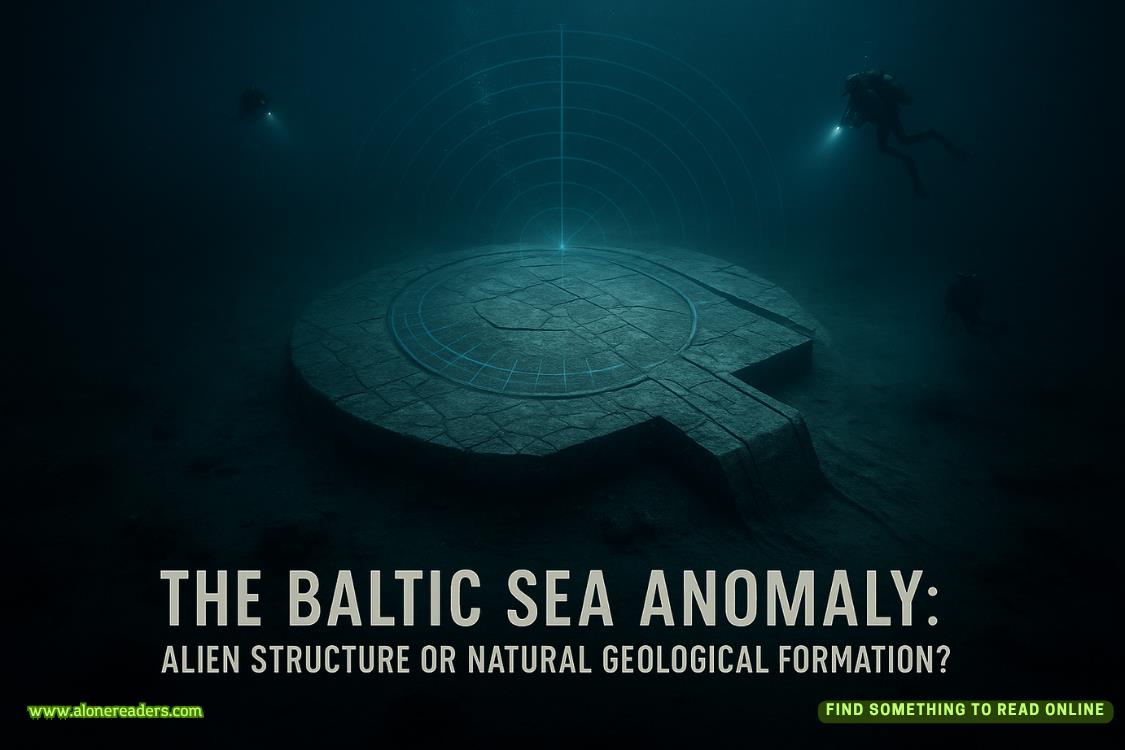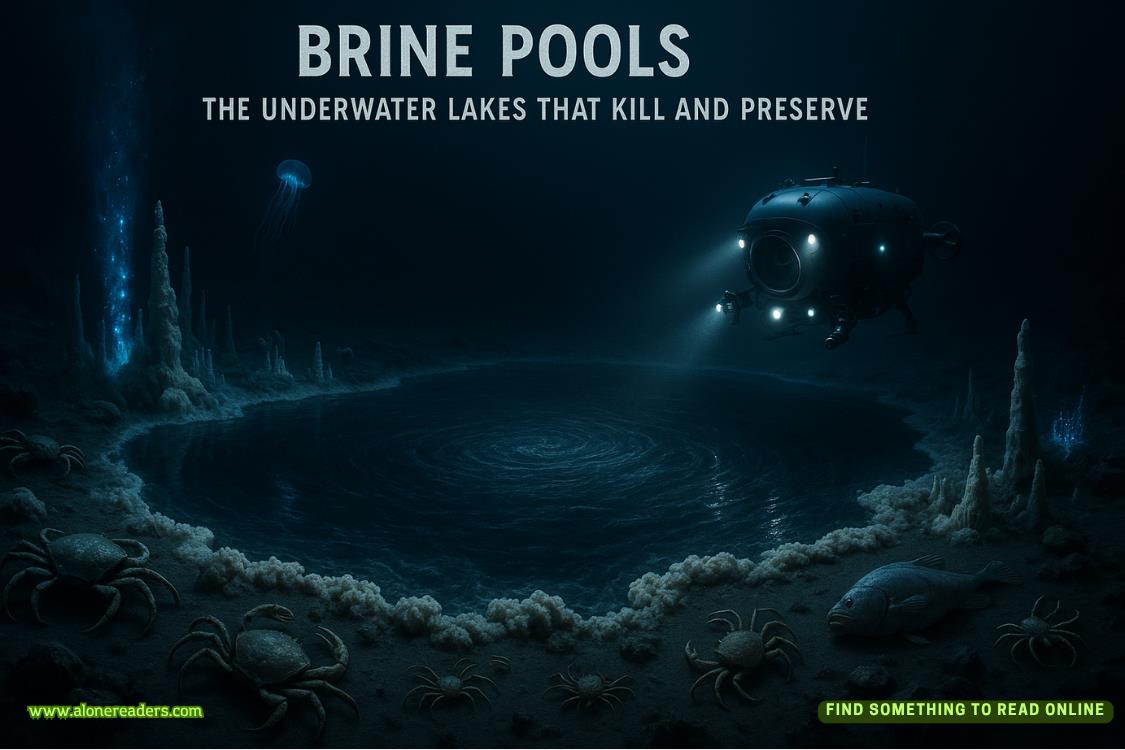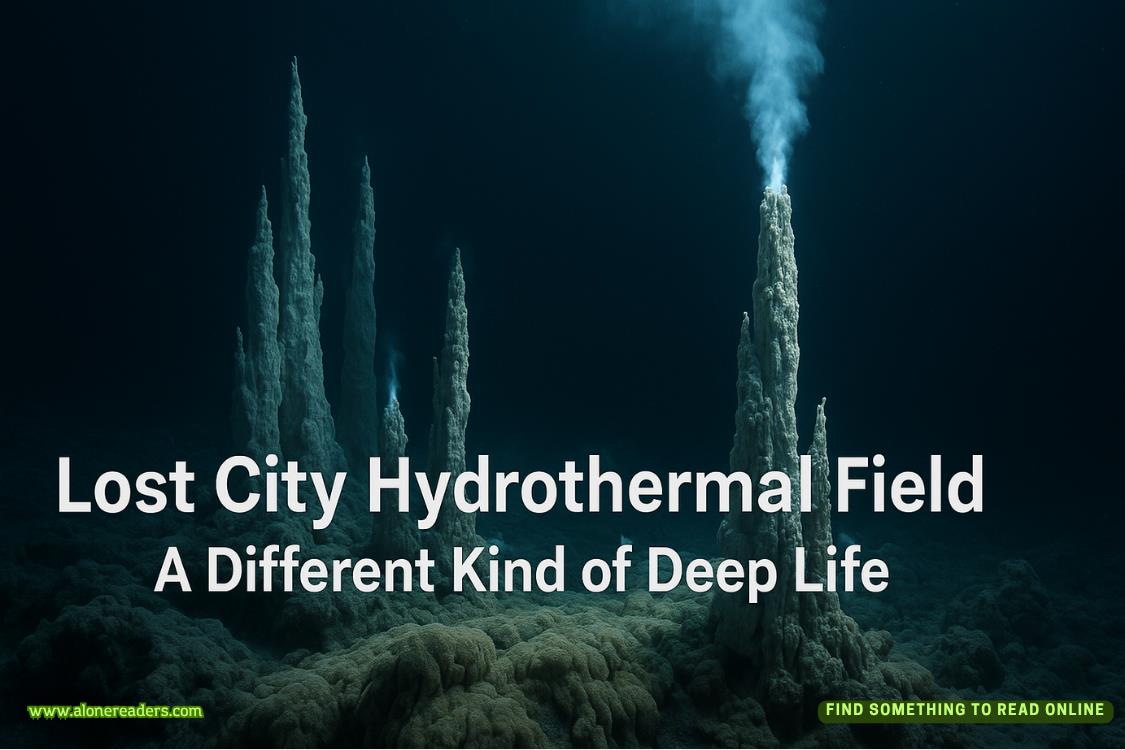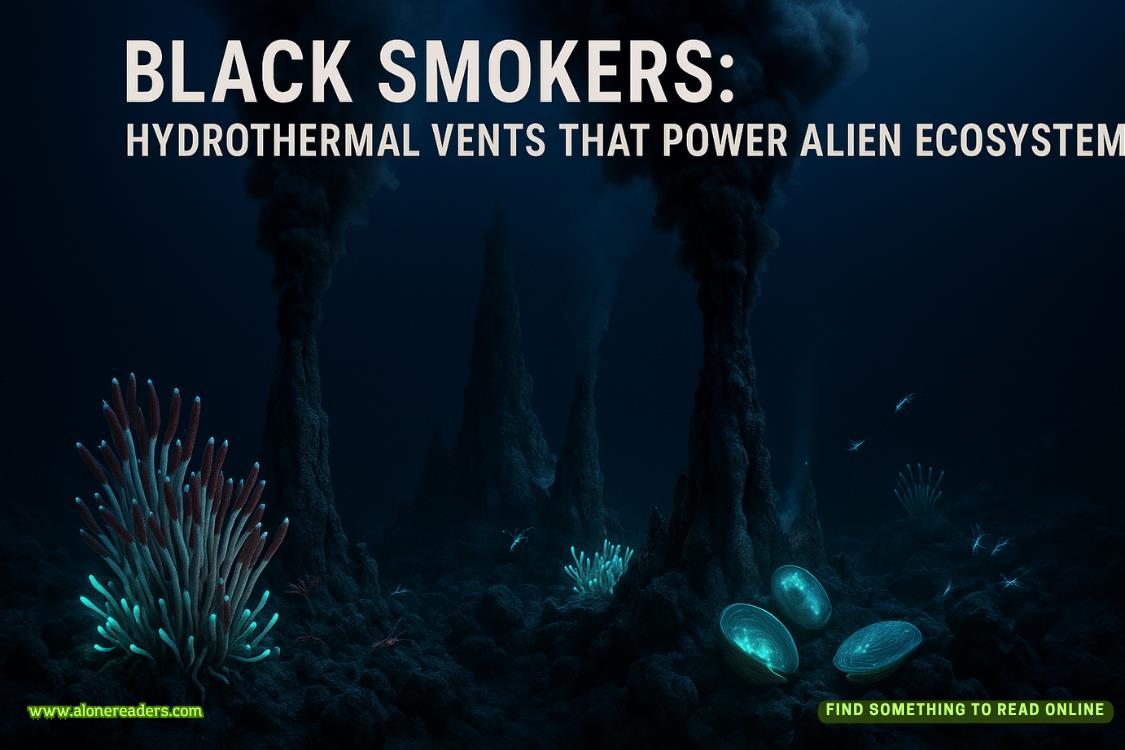Page 104 of The Devil Colony (Sigma Force 7)
“Resemblance to what?”
“To one of the most revered Jewish landmarks, from out of the Book of Exodus, the mountain Moses came down bearing the Ten Commandments.”
“Are you talking about Mount Sinai?” Painter asked. He bent at the waist and stared at the hill, trying to picture it as a miniature model of that famous mountain.
I guess so, he thought, but he remained unsure. It was like staring at clouds and seeing what you wanted to see. To Painter, the big cone appeared as much like Mount Sinai as those other bent-backed gray towers looked like gnomes.
Kowalski shook his head, plainly not buying it either. He searched around at the field of stalklike gray rocks. “They all look like penises to me.”
“What difference does it make,” Painter asked, “whether it looks like Mount Sinai or not?”
“Because if the Tawtsee’untsaw Pootseev were descendants of a lost tribe of Israel, then the discovery of a cone shaped like Sinai would be a providential sign to them. This valley would be important, sacred enough to make it their secret home.”
“I hope you’re right,” Painter said.
Chin had another opinion. He knelt atop the thick field of dried minerals and rocks called sinter, from which most of the cones arose. “Well, from a geologist’s standpoint, this is the worst place for them to choose.”
“Why is that?” Painter asked. “Besides the fact we’re standing on top of a supervolcano?”
“That’s deeper underground.” The geologist patted the surface of sinter. “Feel this.”
Painter reached down and pressed his palm against the chalky stone.
“What are you doing?” Rafael asked, joining them, along with Ashanda and Kai.
“It’s vibrating,” Painter said.
Chin explained. “This geothermal zone sits atop a plugged-up hydrothermal vent, known as a hydrothermal boil, a hot teapot that continually cycles the water seeping through the porous rock, then back up again as steam. The vibration is from the pressure underground, the pulse of the steam engine beneath us.”
Before anyone could comment on this, Hank’s phone rang. He checked the number and lifted his face. “It’s my colleague from BYU, the one helping us decipher the lost language.”
“Answer it,” Painter urged, hoping the man had some good news.
Hank stepped away, pressed the phone to one ear, and placed a palm over the other. As the professor conversed, Painter watched his face go from hope to dismay to confusion. He finally snapped his phone closed and returned to them. He seemed momentarily unable to speak.
“Professor?” Painter urged.
“My colleague deciphered some bits of the writing on the wolf-totem jar. He found a smattering of words and phrases that spoke of death and destruction. Nothing more.”
“So basically a warning label,” Painter said.
Kowalski frowned. “Why didn’t they just slap it with a skull and crossbones to begin with? It would’ve saved everyone a bunch of trouble.”
“I think maybe they did,” Hank said. “The early Tawtsee’untsaw Pootseev stored their elixir in containers that were meant to hold the organs of the dead. Egyptian canopic jars, modified for their purpose. But once they integrated here, they chose another totem of my early ancestors, the bones of animals long extinct. Perhaps it was to caution against tampering with this compound lest it destroy the human race, a symbolic warning against our own extinction.”
Painter read some hesitancy in the professor’s eyes, as if he wanted to say more. He noted the slightest glance in Rafael’s direction. But the Frenchman had survived long in an organization that did not reward a lack of attention to detail.
“What aren’t you telling us, monsieur le professeur?” Rafael asked.
Painter gave Hank a small nod. They were all long past secrets, at least most secrets. “Tell him.”
Hank looked dismayed. “My friend was also able to translate the passage your colleague sent to you. The writing found on the margins of the gold map.”
Rafael turned to Painter. “Why is this the first I’ve heard of this? You explained how the mark on the map revealed Yellowstone, but not this clue?”
“Because it was meaningless information until now.”
“It may still be,” Hank added. “My colleague could translate only a small section. It reads ‘where the wolf and eagle stare.’ ”
“What does that mean?” Rafael asked.
Hank shrugged and shook his head.
Another dead end.
Painter checked his watch and stared across the valley. Gray had sent them this clue. According to Kat, he was searching for another, something to do with a buffalo hide. Hopefully they’d all have more luck with that one.
But with the way their luck was running . . .
Chapter 38
June 1, 7:06 A.M.
Hohenwald, Tennessee
This will have to do . . .
Gray lifted his shovel, the only weapon he had at hand.
“Going primitive on their asses?” Monk asked with a wince, pushing up enough to lean on the wall of the freshly uncovered grave. He looked down to the spreading pool of blood through his blue coveralls. “Bullet went through and through. But I won’t be getting my cleaning deposit back on these clothes.”
“Can you walk?” Gray asked.
“Hobble, sure. Run, no way.”
“Then you stay here.”
“I wasn’t really planning on going anywhere.”
Seichan lowered herself from where she was watching a team move in from the parking lot. “I counted eight to ten. They’ve moved behind the cabin across the lawn for cover.”
“Must think we have weapons,” Gray said. “Or they’d have swarmed us by now.”
“What’s the plan?” Seichan asked.
Both she and Monk looked to him.
“We keep them thinking we have guns—at least long enough for us to get to our rifles. The backhoe is only a few yards away. Its bulk will offer some cover if we can reach it. But we’ll be vulnerable climbing out of this hole.”
Gray handed Monk his shovel, then twisted around and grabbed the other. “We need some sound effects. Our attackers are edgy, wary, moving in cautiously. So let’s spook them some more. Crack the shovels together . . . loudly and rapidly.”
Monk got it. “Make them think we’re firing at them.”
“It’ll only work for a couple of seconds. Hopefully long enough for us to reach the backhoe’s cab and our rifles.”















